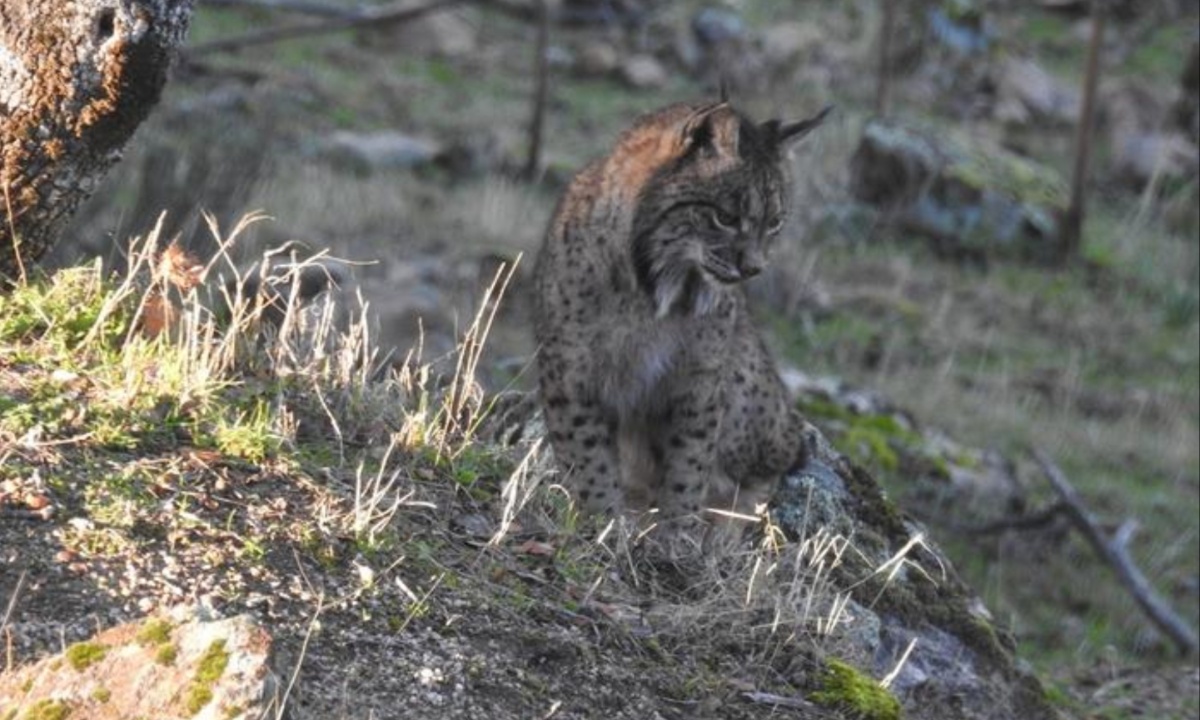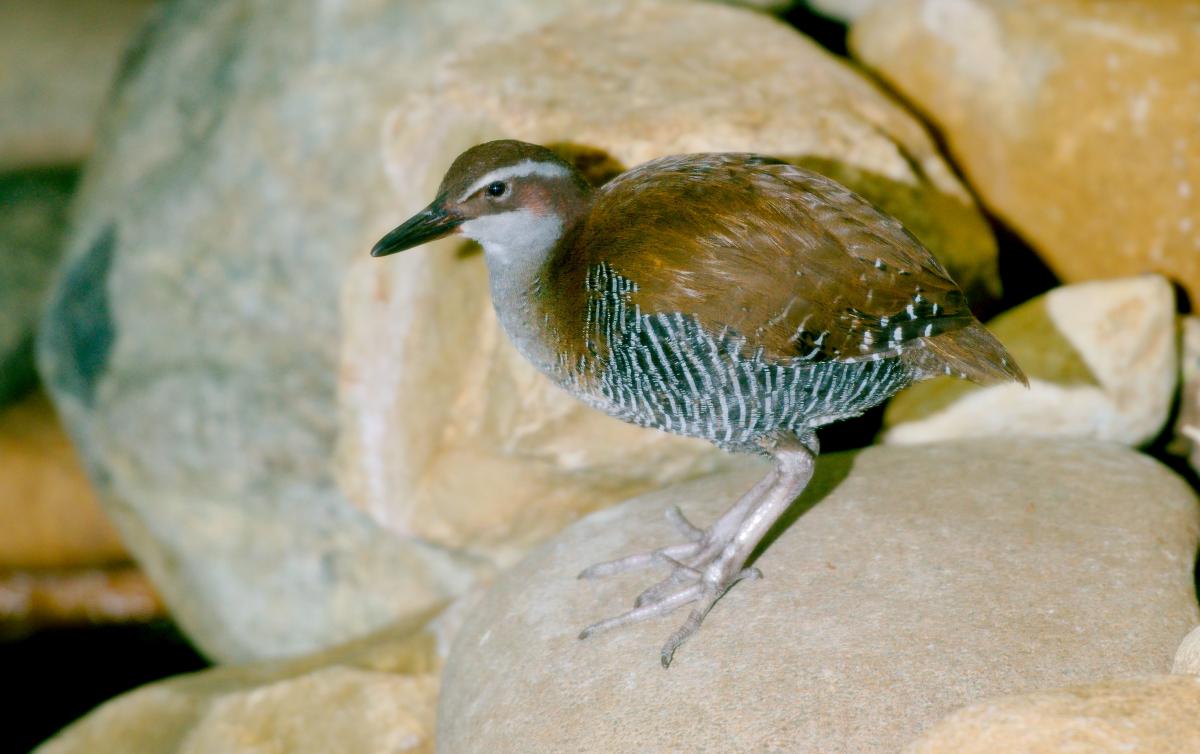A comprehensive review of over 67,000 animal species has reinforced the severity of the global biodiversity crisis. With 28% of more than 160,000 assessed species threatened with extinction, human activities continue to push countless species toward irreversible decline. However, the study, published in PLOS Biology and based on IUCN Red List data, highlights a crucial insight—conservation efforts, when properly implemented, can bring species back from the brink.
The research, led by the University of Cambridge in collaboration with the IUCN, BirdLife International, Oxford, and Durham Universities, analyzed how conservation measures impact species survival. Findings reveal that nearly every species that improved its conservation status did so due to targeted interventions, such as habitat protection, captive breeding, and reintroduction programs. These results demonstrate that conservation is not only possible but also highly effective when strategically applied.
Successful Conservation Efforts Help Restore Land and Marine Species Populations Worldwide
Several species have demonstrated remarkable recoveries due to sustained conservation efforts. The European bison, once extinct in the wild, now roams Eastern Europe after decades of intervention. The Iberian lynx, once the world’s most endangered feline, has increased its population significantly. Similarly, New Zealand’s kākāpō, a flightless parrot, has been brought back from the verge of extinction thanks to dedicated recovery programs.

Marine species have also experienced significant rebounds. Humpback and blue whales, previously decimated by commercial whaling, have seen substantial population growth following an international ban. Despite these victories, the study found that species are declining at a rate six times higher than they are improving, reinforcing the need for urgent and large-scale conservation action.
Preventative Conservation and Community Efforts Ensure Sustainable Biodiversity Protection
Researchers stress that preventative conservation—stopping species from becoming endangered in the first place—is more effective and cost-efficient than last-minute interventions. Conservationists have also highlighted the importance of community-led initiatives. For instance, in Papua New Guinea, local communities have transitioned from hunting tree kangaroos to sustainable farming and fishing, demonstrating how conservation and human livelihoods can coexist.
The study underscores the necessity for governments and organizations to scale up conservation efforts. Dr. Silviu Petrovan, a co-senior author, emphasizes that conservation works when given the chance. The research serves as a guide for effective species protection strategies, urging policymakers to take decisive action. By making conservation the norm rather than the exception, humanity can secure the future of the planet’s biodiversity for generations to come.


